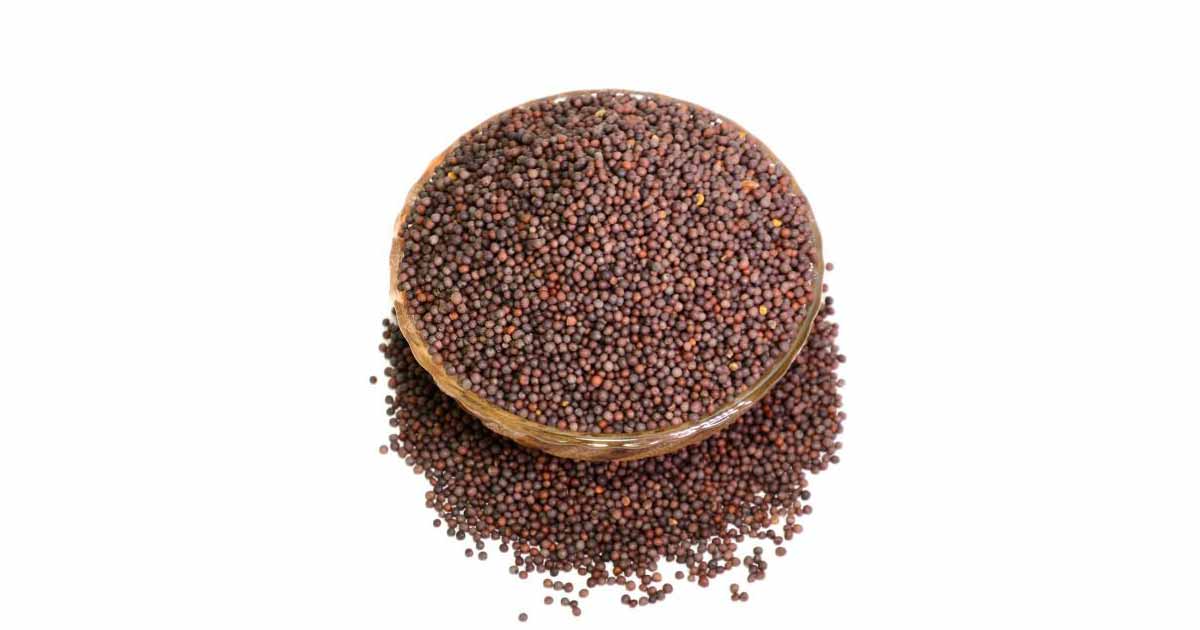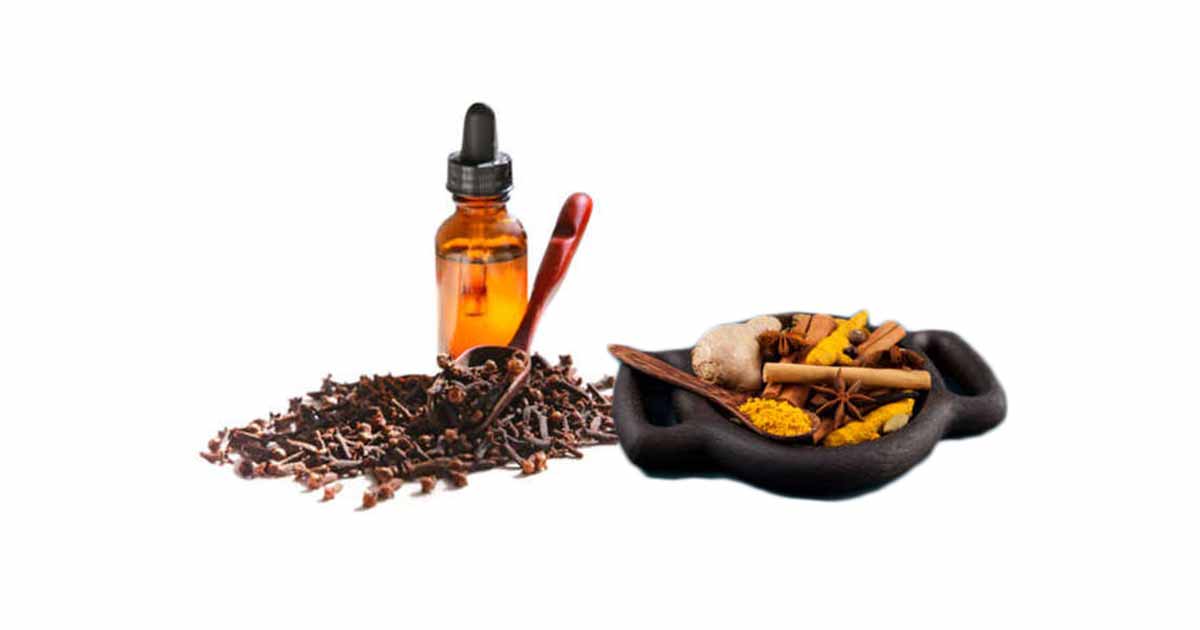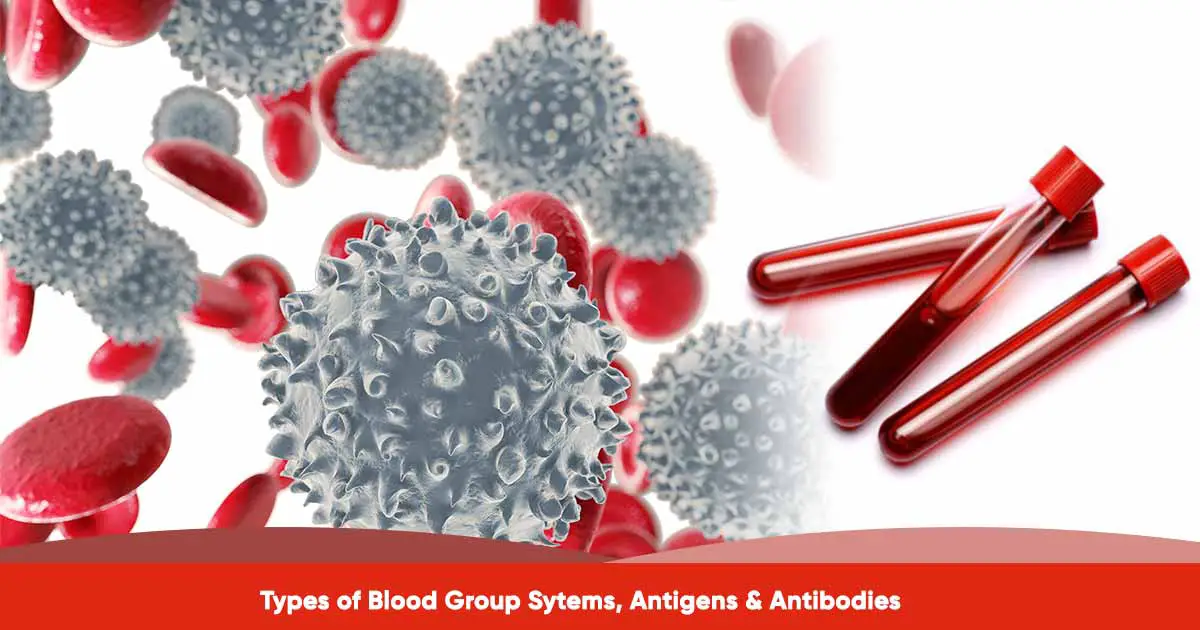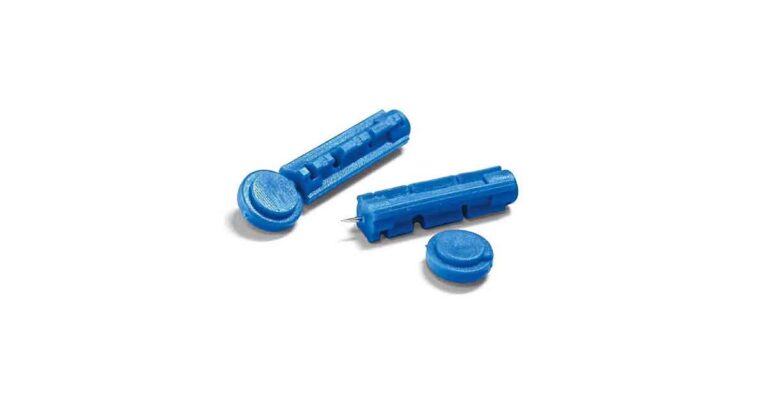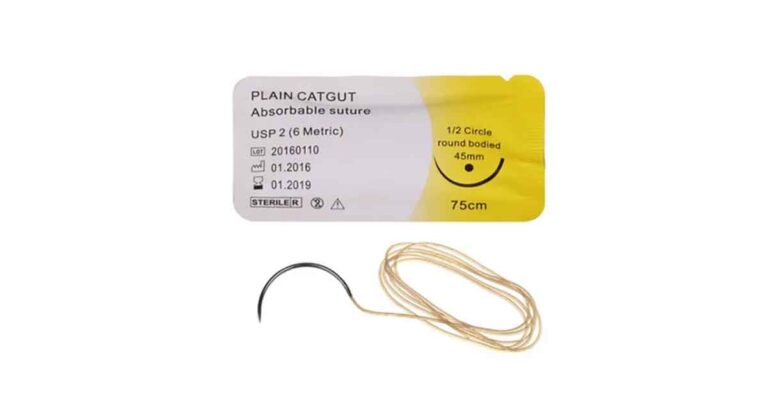Mustard seed is one of the earliest known plants in the history of humanity. The annual seed is of the Brassicaceae family (formerly Cruciferae). It is a round seed, with a nutty, sweet and burning flavour, and has much health and nutritional benefits.
Apart from the health benefits of mustards, there are other uses. The presence of antioxidants, glucosinolates means the seed can serve as a food additive. It is also an alternative to nitrate in preserving food, meat as it prevents oxidation, encourages the growth of lactic acid bacteria, but prevents other undesirable microbes.
Mustard seed protein can increase the protein content of baked bread.
Industrial uses of mustard seed include production of behenic acid and behenic alcohol from the erucic acid content. It is also an ingredient for producing bio-polyols, used in polyurethane–polyisocyanurate foams. The mucilage can be used to lower the interfacial tension in water-oil and water-air emulsions. Potentially, mustard seed oil can be used in biodiesel production.
In the laboratory, the extract of mustard seed gives brown color to C. neoforman colonies, but leaves Candida albicans colonies white. This is effective in identifying C. neoforman, a common cause of infection in HIV/AIDS.
Allyl isothiocyanate, a compound in the seed produces the pungent taste.In terms of its pungency, black mustard has the highest pungent aroma, followed by brown seed. The white and yellow species have the lowest pungency.
There are many species of the seed. They are:
- Black mustard (Brassica nigra L.)
- White mustard (Brassica alba L.),
- Brown mustard (Brassica juncea L.)
- Ethiopian mustard (Brassica carinata A. Braun)
- Wild mustard (Sinapsis arvensis L.)
- Rocket (Brassica eruca L.)
READ ALSO: How Effective is Snake Stone (Black Stone)?
Species of Mustard Seed
The black mustard has two major sources, the Mediterranean and the Middle East, but grows in Europe, North Africa, North and South America, Western India, China, Siberia, etc. It has a vegetation time of 40–100 days.
White mustard is a drought-resistant plant and prevents sugarbeet nematode. It originates from the Mediterranean region. It now exists in India, the Middle East, China, New Zealand, Russia, Japan, NorthWest Europe, North and South America, and Poland.
Brown Mustard, which originates from the Middle East, also has other names such as vegetable mustard, Chinese mustard, leaf mustard, Indian mustard, oriental mustard. It is resistant to rough environmental conditions like high temperature, low rainfall. It has high dry matter.
Wild mustard is a widespread species that has a high growth, fecundity rate, and long seed germination time. It is a difficult weed to control, even with pesticide. It was earlier used to produce oil and mustard. Other names are field mustard, charlock mustard.
Ethiopian or Abyssinian mustard originates from Africa but is now cultivated in France, Spain, Canada, Australia, India, North East Africa, China. The leaves and seed of this oleic plant serves as food. It is resistant to environmental conditions, is fairly stable and contains fatty acids. Unlike other species, it is not drought-resistant. The seed has the longest vegetation time of 150–180 days.
Other names of mustard seed are Rai (Punjabi), Sarso (Hindi), Marathi (Mohari)
Constituent of Mustard Seed
There are many bioactive compounds in the seed. Glucosinolates are thioglycosides found in most plants of the Brassicaceae family, such as carbage, mustard seed, broccoli, cauliflower. They hydrolyse to form antinutrient and toxic substances such as thiocyanate ion, goitrin, nitriles, several isothiocyanates. Isothiocyanates, like sulforaphane, have anticancer and protective effect. Some compounds have antifungal, antibacterial, insecticidal effect.
Antioxidants, such as phenolic compounds, are found in the seed. They include ferulic acid, sinapic acid, 3,4-dihydroxybenzoic acid. Black mustard seed has rutin. There are also tocopherol, canolol. Canolol is a stronger antioxidant than tocopherol and flavonoids. It also has an anticancer effect. Carotenoid such as lutein and β-carotene.is also present. Roasting the seed improves the antioxidant property.
Mustard seed is also rich in fibre, W-3 fatty acids, manganese, selenium, zinc, aluminium, chromium, phosphorus, calcium, iron, niacin, magnesium.
It also has a high fat content, most of which is erucic acid. Erucic acid is a monounsaturated fatty acid which accumulates in the body and causes myocardial steatosis, impairs fertility and may cause liver enzymes to malfunction. Erucic acid must be in the lowest quantity for mustard to be fit for human consumption. We can achieve this by blending mustard seed oil with oils of plants without erucic acid such as palm oil, sesame, soybean, sunflower, olive oil, groundnut oil.
Linoleic acid is obtained from the seed, but in high quantity in black and brown mustard. The white mustard has high oleic acid content. A variety of white mustard, “Warta” has omega-3 fatty acids. The human body cannot make it, but needs it for its protective effect on the circulatory system and brain development.
Constituent of Mustard Seed
| Oil | 29-40% |
| Protein | 23-30% |
| Carbohydrate | 12-18% |
| Minerals | 4% |
| Phytate | 2-3% |
| Calcium | 402 mg |
| Iron | 13.49 mg |
| B-Carotene | 36.72ug |
| Vitamin B2 (Riboflavin) | 0.33 mg |
| Vitamin B9 (Folic acid) | 94.88 ug |
| Total carotenoids | 675 ug |
| Linolenic acid (W3) – 3341 mg Linoleic acid (W6) – 4932 mg Oleic acid (W9) – 4012 mg |
12,285 mg |
| Total saturated fatty acids – 2112 mg Total mono unsaturated FA – 21032 mg Total poly unsaturated FA – 8910 mg |
32,054 mg |
Health Benefits of Mustard Seed
Apart from the many health benefits of mustard seed, there are other uses. The leaves called mustard green can serve as vegetable or salad in the form of sprout. The seed is a flavouring agent. Dark brown, brown and yellow mustards yield products that stabilise, emulsify, preserve and add flavour, and nutrition to food.
They also use mustard seed in varieties of dishes, such as seafood, roast beef and ham, meat loaf. The health benefits of mustard are:
Inhibitition of cancer growth: Compounds such as selenium, glucosinolates, mirosinase inhibit cancerous cell growth. They are good antioxidants. Allyl isothiocyanate (AITC) inhibits bladder, colon, and prostrate cancer cells.
Myrosinase enzyme in the seed breaks down glucosinolates into isothiocyanate. This product can reduce the risk of colorectal and gastrointestinal tract cancer formation.
Constipation: It helps to improve bowel movement, and improve the health of the colon.
Blood sugar control: Studies suggest yellow mustard bran can reduce the glycemic response after a carbohydrate-rich meal, improve fullness and lowers peak glucose level in the blood. This is due to the soluble dietary fibre content. Diet containing mustard seed can manage insulin resistance in pre-diabetic state.
Antimicrobial: Allyl isothiocyanate (AITC) has both bactericidal and bacteriostatic action.
Fat and obesity control: There are two essential fatty acids (EFA) and tocopherol in mustard seed. The oil in mustard seed can be used to produce low calorie and healthy oil for human consumption. Diacyl glycerol rich mustard oil (DAG) oil is effective in control of body fat and obesity. It also reduces the risk of postprandial hypertriglyceridemia. The mustard seed is also rich in á-linolenic acid (also called omega-3 PUFA).
DAG oil also lowers atherosclerotic factors such as non-HDL cholesterol, plasma TAG, and obesity control hormone, and enhances leptin, the anti-obesity hormone.
Cardiovascular health: Omega fatty acids lowers the risk of arterial blockages, cardiac arrhythmia rate, thrombosis, cholesterol level and ventricular enlargement.
Presence of minerals such as copper, magnesium, selenium can help in reducing blood pressure.
Liver protection: Medication such as acetaminophen can have a toxic effect on the liver. Hydromethanolic extract of mustard seed may help to protect the liver according to study.
Manage skin problems: Carotene, lutein, vitamins, and sulphur in the oil can help to maintain healthy skin. Mustard has antifungal and antioxidants that can help hydrate and keep the skin free from dermal infections.
Respiratory aid: It may help to alleviate conditions such as cough and cold, bronchitis.
Rheumatic Arthritis: The magnesium and selenium content may help to treat rheumatic arthritis, stiff muscle, migraine.
Rich in melatonin: The melatonin content of the seed helps to prevent de novo cholesterol synthesis, and scavenging reactive oxygen species.
Hair growth: Mustard seed oil contains minerals, vitamins, proteins that improve hair growth.
Synigrin: The synigrin content of the seed has several medicinal effects such as wound healing, liver fibrosis reduction, and anti-cancer effect.
References
- Tandfonline
- Asian Journal of Science and Technology, Vol. 09, Issue, 04, pp.7925-7929, April, 2018

